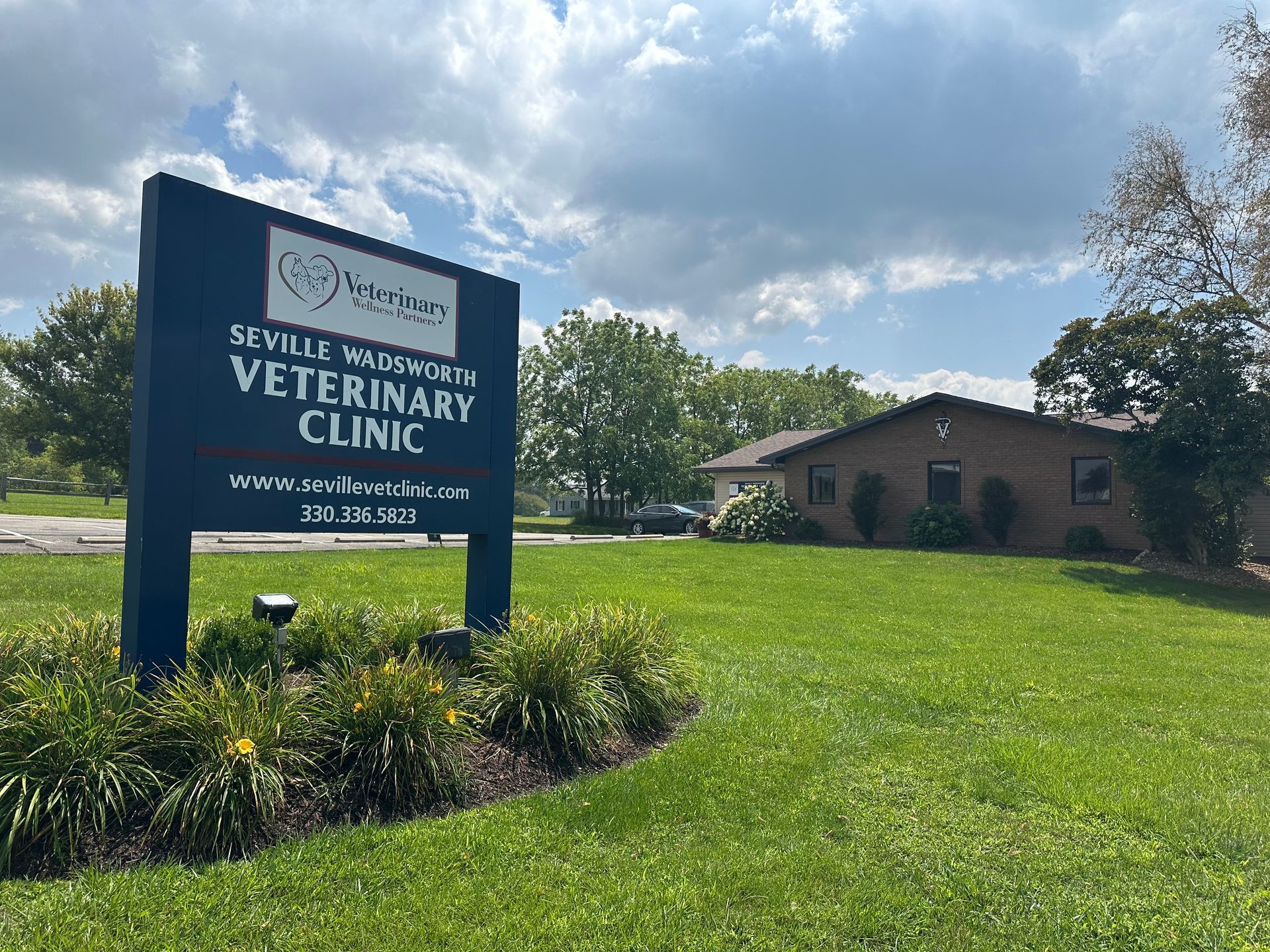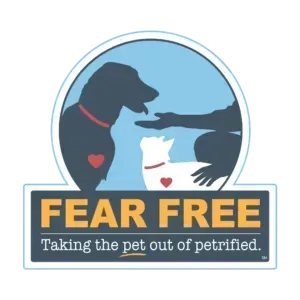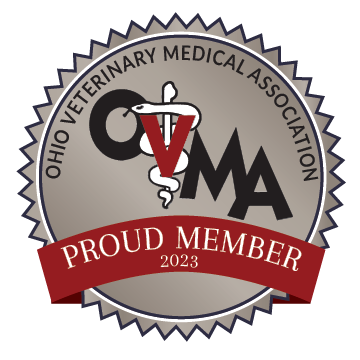Canine Influenza Outbreak
Canine Influenza is once again in the news with media reports of a deadly dog flu outbreak. At this time, all of the details and specifics are not known. There is some misinformation that has floated around regarding the disease itself.
Here are the details at this time:
- There have been reports of several dog deaths due to a respiratory disease and symptoms. There have also been reports of "thousands of infected dogs across the Midwest."
- There is not a definitive cause of death at this time.
- It is suspected that this is a strain of dog flu that was first identified in Asia in 2007. This is the first time that the strain has possibly been isolated in the United States.
- The CDC and Cornell University have isolated this Asia Dog Flu strain for the first time in the United States.
- The current outbreak is though to be caused by H3N2. At this time, there is not a specific vaccination for this strain.
- In 2005, a strain of influenza crossed over from horses to dogs in Florida. The original outbreak resulted in a severe disease in the affected dogs, with an initial death rate near 8%. This initial rate was high, likely because the affected dogs were racing Greyhounds. Once the virus began to spread to other dogs and other regions, the death rate was determined to be very low.
- The 2005 outbreak was caused by the H3N8 influenza virus.
- Shortly after the 2015 outbreak, a vaccination was developed to specifically target this strain of influenza.
- It is unknown whether or not the H3N8 vaccine offers any protection against the newly developing strain.
- Neither strain of flu is thought to be a risk to people.
- The News media has reported occurrences in Illinois, Ohio, Wisconsin and other states in the Midwest.
- The Ohio Veterinary Medical Association is not aware of any cases in Ohio as of April 20th, 2015
- Looking into the reports further, reveals the actual diagnosis to be Canine Infectious Respiratory Disease (CIRD). CIRD is a multi-factorial syndrome.
- There is no specific treatment for either Canine Influenza or CIRD, but supportive care is often successful in resolving the diseases.
- Supportive care consists of medications to target secondary bacteria, fluids to maintain hydration, medications to limit fever and other general care measures.
- We have not seen any suspected cases in the Seville, Wadsworth, Medina, Lodi, RIttman or surrounding areas.
Risk Factors:
Both Canine Influenza and CIRD are communal diseases. This means that dogs must come into contact with an infected dog to contract the Flu virus or CIRD syndrome. As a result, not all dogs are at high risk for contracting the canine influenza virus, or any other potential component of Canine Infectious Respiratory Disease. Dogs that are at greater risk include those that visit dog parks, kennel facilities, training classes, Petsmart and other pet stores, grooming facilities and daycares. To minimize your dog's risk, keep him or her on a lease and limit nose to nose contact with other dogs. When possible, avoid at the at risk activities and locations listed above. We also recommend vaccinating at risk dogs for both canine influenza, canine parainfluenza and bordetella bronchiseptica (kennel cough).
If you are concerned about your dog being at risk, we encourage you to get educated on the disease/ syndrome. It is advisable to read many sources and note the common themes, rather than the few outliers. We are working on articles to continue to educate our clients. Links to various articles are included below:
Jeffrey R. Fink DVM is the author and publisher of this article.
If you have concerns or questions about your dog and his or her risk, give our clinic a call at (330)336-5823 or click on the embedded links above or links below.
Article written and published by Jeffrey R. Fink D.V.M.



CONTACT US
VETERINARY WELLNESS PARTNERS
LOCATIONS
COPYRIGHT © 2023 VETERINARY WELLNESS PARTNERS, INC. ALL RIGHTS RESERVED. BUILT BY BIRDEYE







